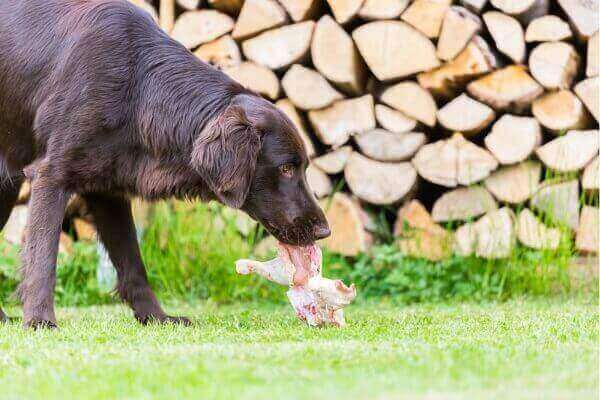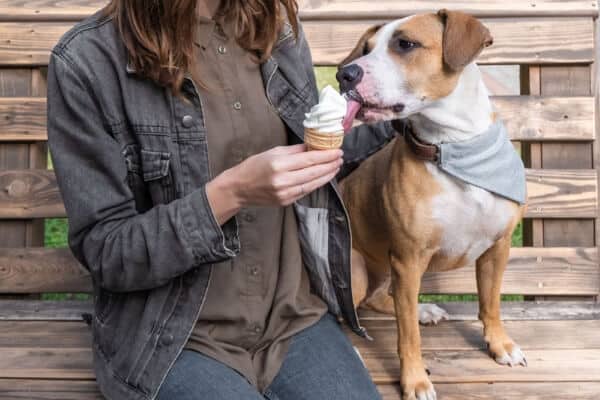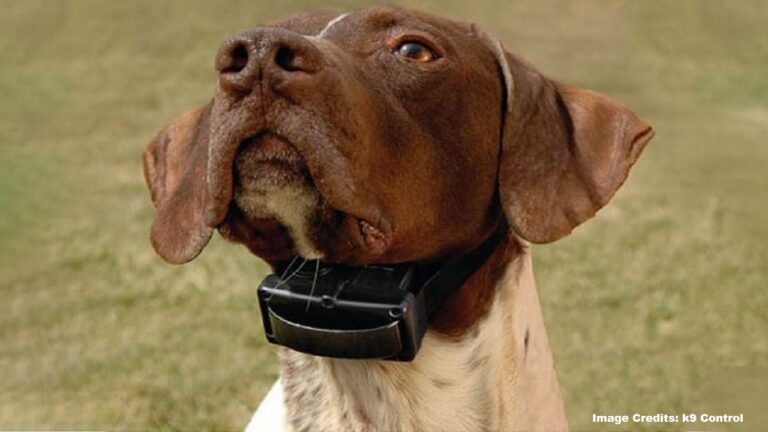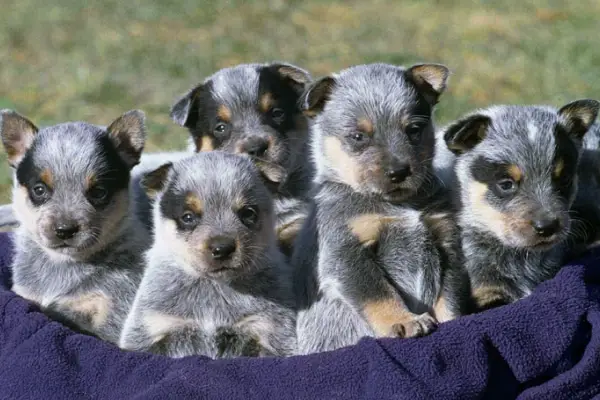Why Does My Dog Lick His Bowl?

You’ve noticed a peculiar pattern – your dog licking his bowl before or after his meal, a behavior that has piqued your curiosity. While it’s not an issue most times, it still helps to know why your pooch exhibits this behavior. Does he want more food? Is he still hungry? Or is it an indication of something more serious?
Before meals, dogs lick their bowls as an explorative they couple with sniffing. Some dogs also lick the sides of their bowls where food might have spilled or been smeared. This behavior may also be associated with dental problems, visual impairment, and playfulness. If this behavior comes after eating, it may be an indication of lingering hunger or a means of savoring the leftover flavor or aroma. Some dogs might also lick their bowls as a way to express stress, and anxiety, or to grab their owner’s attention.
This behavior does not necessitate feeding your dog an extra serving especially if he is prone to obesity. Also, this is normal in the canine world, and if it is not excessive or negatively impacting your dog’s feeding. You can always consult your vet to rule out any underlying health problems.
Why Does My Dog Lick His Bowl Before Eating?
Investigating The Food
First, it’s essential to understand that dogs have a vastly superior sense of smell compared to humans. Their olfactory capabilities are estimated to be between 10,000 to 100,000 times more acute than ours. Coupled with their sense of smell, licking the food bowl allows them to take advantage of this extraordinary ability to investigate their meals in more detail.
Through this method, dogs can tell whether you just changed their normal, how tasty the food is, or if they bother shoving their mouth in the bowl. This behavior can be traced back to their ancestors who needed to be sure that the food they were about to consume was fresh and safe. If your dog is routinely licking his bowl, he may simply be doing a quick quality check before his meal.
Food Spilled At The Sides Of The Bowl
Another factor that could trigger this behavior is food spilled or smeared on the sides of the bowl during serving. Dogs are natural scavengers, and they won’t shy away from a tasty morsel, even if it’s stuck to the side of their bowl. If there are any food particles remaining from a previous meal or stuck to the sides from pouring, your dog will likely try to lick them up. This is why they may lick your food.
Over time, this behavior can become a part of their pre-eating routine. If your dog has learned that there are often extra bits of food on the sides of the bowl, he may instinctively lick the sides in anticipation of this bonus treat, even before tackling the main meal.
Dental or Mouth Issues
Just like humans, dogs can experience dental and oral health problems. These issues can cause discomfort or pain when eating. If your dog is suffering from a dental problem like a toothache, gum disease, or mouth sores, he may lick his food bowl before eating as a way to soothe his mouth.
It’s always a good idea to keep an eye on your dog’s oral health and conduct regular checks of their mouth. If your dog is licking his bowl more than usual, it might be worth booking an appointment with your vet to rule out any dental issues.
Playful Behavior
For some dogs, particularly puppies and younger, more energetic breeds, the food bowl can become an object of play. These dogs might lick and nudge their bowl, engaging in a kind of pre-meal ritual that, to them, is just a fun game. This behavior is typically harmless, but if it becomes disruptive or excessive, you may need to address it through training or behavior modification techniques.
Vision Problems
If your dog is suffering from vision problems, he might resort to licking his bowl to better understand where his food is. Some dogs spit out food before eating it to see it more clearly.
This is more of a coping mechanism to help them navigate their meal despite the visual impairment. It’s always wise to keep an eye out for any signs of vision issues in your dog, such as bumping into things or seeming disoriented. If your dog has been showing these symptoms along with the bowl-licking, it would be prudent to seek veterinary advice.
Lack Of Coordination
Lastly, in some dogs, particularly older ones or those with certain neurological conditions, there can be a lack of coordination that makes picking up food a challenge. In these cases, licking the bowl can help them scoop the food into their mouths. This behavior could be more noticeable in brachycephalic breeds—dogs with flat faces, like pugs or bulldogs—who may naturally have more difficulty getting their mouths around food.
Why Does My Dog Lick His Empty Food Bowl After Eating?
The Meal Was Appetizing
An obvious reason why your dog may be licking his bowl after finishing his meal is simply because the food was tasty. Dogs, like humans, enjoy indulging in foods they find particularly palatable.
Dogs have about one-sixth the number of taste buds that humans do, but they can still discern various flavors. They tend to prefer meaty, fatty foods, thanks to their evolutionary history as carnivores. If you’ve served your dog a meal that hits these taste notes, he might lick his bowl to make sure he extracts every bit of that enjoyable flavor.
While it’s a positive sign that your dog loves the food, it’s also essential to ensure that this behavior doesn’t lead to overeating or begging for extra servings, especially in breeds prone to obesity.
Fido Is Still Hungry
Just like humans, dogs can still feel hungry after finishing a meal. If the serving was too small, or if your dog has been particularly active and burned more calories than usual, he might still be hungry after eating.
In this case, your dog might lick his bowl in hopes of finding more food. It’s important to ensure your dog’s meals are adequately portioned according to his size, age, breed, and activity level to prevent underfeeding.
Pleasant Flavor or Smell Left Behind
Imagine having a meal that was so delicious that the mere memory of it makes your mouth water. Now imagine if the smells of that meal were still vividly present, the aroma beckoning you even after you’ve finished eating. That’s similar to what your dog might be experiencing. The tasty meal might be gone, but the aromatic traces that remain are enough to tantalize your dog’s superior olfactory senses, prompting him to lick the bowl.
This behavior is also a great indicator of what food your dog prefers. However, it’s also important to ensure that this behavior doesn’t become a problem. If your dog seems to be obsessively licking his bowl.
Stress/Anxiety
Dogs can exhibit physical behaviors when they feel stressed or anxious. Compulsive behaviors, such as licking the empty food bowl, can be a way for dogs to self-soothe and cope with their stress or anxiety. If your dog’s bowl licking is accompanied by other signs of stress or anxiety, such as excessive panting, pacing, or destructive behavior, it would be beneficial to seek advice from a veterinary behaviorist or professional dog trainer.
Attention
As social creatures, dogs crave interaction with their human family. If your dog is feeling neglected or wants attention, he might resort to behaviors like licking his empty food bowl to draw your attention. If your dog looks up at you expectantly after licking his bowl, it might be his way of saying, “Look at me!”
What To Do If Your Dog Licks His Bowl Before or After Eating?
Your dog’s habit of licking his bowl before or after meals is a behavior shaped by a multitude of factors. From conducting a ‘quality check’ on the food to trying to scavenge for food residue on the sides, the reasons for pre-meal licking are primarily based on curiosity and anticipation. In some cases, this can be a coping mechanism for dental discomfort, a playful ritual, a workaround for vision problems, or a way to compensate for a lack of coordination.
Post-meal licking, on the other hand, often reflects an appreciation for the meal served, still being hungry after the portion served, or the dog savoring the leftover smell of an enjoyable meal. In some instances, the behavior could be an indication of stress or anxiety or a way to attract attention.
While it’s insightful to understand these behaviors, deciding to feed your dog extra servings based on your pet’s specific dietary needs and overall health status. If the behavior continues to be excessive, or if it’s accompanied by other unusual symptoms, it’s always a good idea to seek a professional opinion.
Read related posts about





